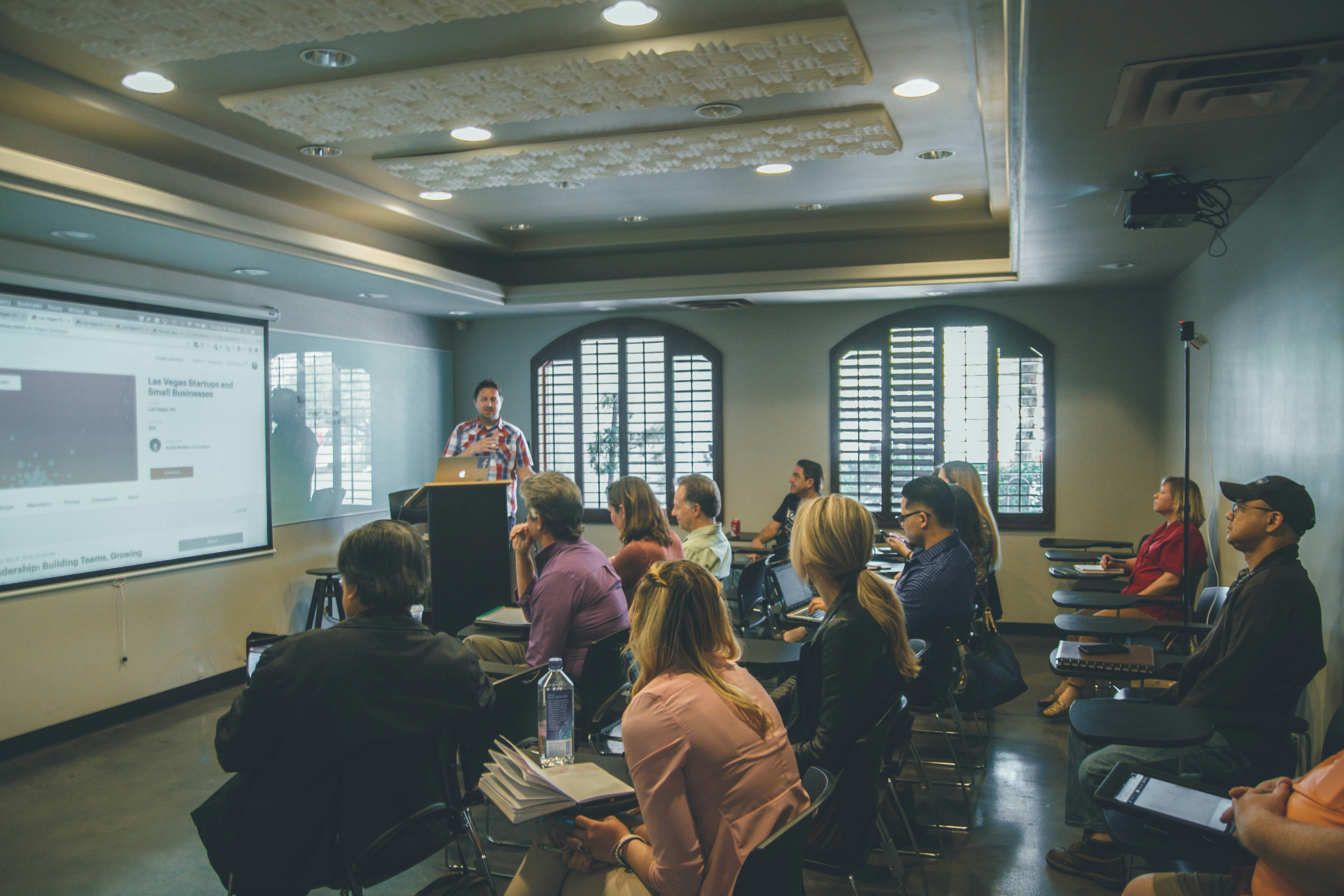Listen to this article
0:00/1:34
Productivity
Communication in social situations



Summary
Navigating social situations can feel uncomfortable, and you may worry about being judged or not being able to express yourself clearly. This articles outlines the following strategies to help you handle social situations.
Listening
Noticing non-verbal cues
Clarity of thought
Keeping the conversation going
Prep and practice
Read this article
Communication varies from person to person, depending on personality, experiences and the context of the interaction. Alongside this, effective communication involves a combination of skills and techniques.
Listening
Active listening is a great technique to improve communication in social situations. You can show that you’re actively listening by nodding, maintaining eye contact, if possible, and giving verbal feedback.
Paying attention to what the other person is saying can be hard when you’re also trying to think of what you will say. Let the person finish before you respond, waiting for a pause before interjecting. Asking open-ended questions or clarifying points can help you engage, or summarise to show you’ve understood. If you’re in a group, try to gauge the mood and energy so you can adjust your approach accordingly.
Noticing non-verbal cues
When people think about non-verbal cues, they often think of subtle signs, but some can be more obvious. For example, is the person you're speaking to smiling? Are they facing you? If someone has their arms folded or is turned away slightly, it can be a sign of discomfort, and recognising this can help you adjust your communication.
As well as looking at the other person's non-verbal cues, you can use your own. Try to keep an open posture where you can. Remember to respect the other person’s personal space so they feel comfortable.
If you can, consider their tone of voice. When appropriate to the conversation, you can try to reflect this tone on them. By using these strategies, you can show you are approachable or engaged, making others more likely to respond with the same energy.
Clarity of thought
Sometimes, it’s tempting to talk without thinking to fill awkward silences. Before speaking, take a moment to organise your thoughts. This will help you choose your words to communicate more clearly.
Try to stay on topic, keeping your conversation relevant to the current situation. If you feel overwhelmed, pausing and gathering your thoughts before continuing is perfectly okay.
A helpful tip is to take a moment before you reply to someone. This gives you a few extra moments to collect your thoughts and decide what you want to say.
The THINK acronym, standing for true, helpful, inspiring, necessary, and kind, is another useful tool. Ask yourself if what you’re about to say aligns with each of those qualities before speaking.
Keeping the conversation going
Firstly, don’t kill a conversation with a one-word or closed response that doesn’t give the other person anything that they can respond to. Think of a conversation like a game of tennis, with each person batting the conversational ball back and forth. For example, if you are asked ‘How was your day?’, you can kill the conversation by responding with ‘Fine’, or bat it back with something like ‘It was good, I got to watch the final episode of this series I like, have you seen it?’.
Knowing what to talk about can also be challenging. Keeping up with the conversation around you can help. While conversations can sometimes be tricky to follow, this gets easier with practice. It can be easier to contribute if you’re focusing on the conversation.
It’s important not to filter yourself too much. People want to get to know you, so it’s not worth excessively worrying about what you will say. If a discussion has come to a natural end, switching to another topic can continue the conversation. In most cases, saying something generic is fine, and you can use phrases like:
That reminds me...
Speaking of...
That makes me think of...
Prep and Practice
If you know you’ll be in a specific social situation, you can prepare some topics or questions in advance. Rehearse what you want in your head or out loud. Practising with a trusted friend can help you feel more comfortable, and they may have advice to help you improve.
Coming up to social situations, you can use affirmations and positive self-talk, and practice deep breathing to stay calm. If you’re nervous about meeting new people in a social situation, preparing some opening lines can help. Simpler is often better:
Hi. How’s your morning going?
Hi. I don’t think we’ve met. My name is...
Good morning. How are you?
These allow the other person to engage with you and are common social etiquette most will be used to. After social interactions, you can reflect on what went well and anything to improve next time.

Written by Natalie Bull
Nat is Booost Education’s copywriter and artist-in-residence and brings considerable authenticity to our marketing content through her own expertise and experience from supporting DSA students and her neurodivergent son.




